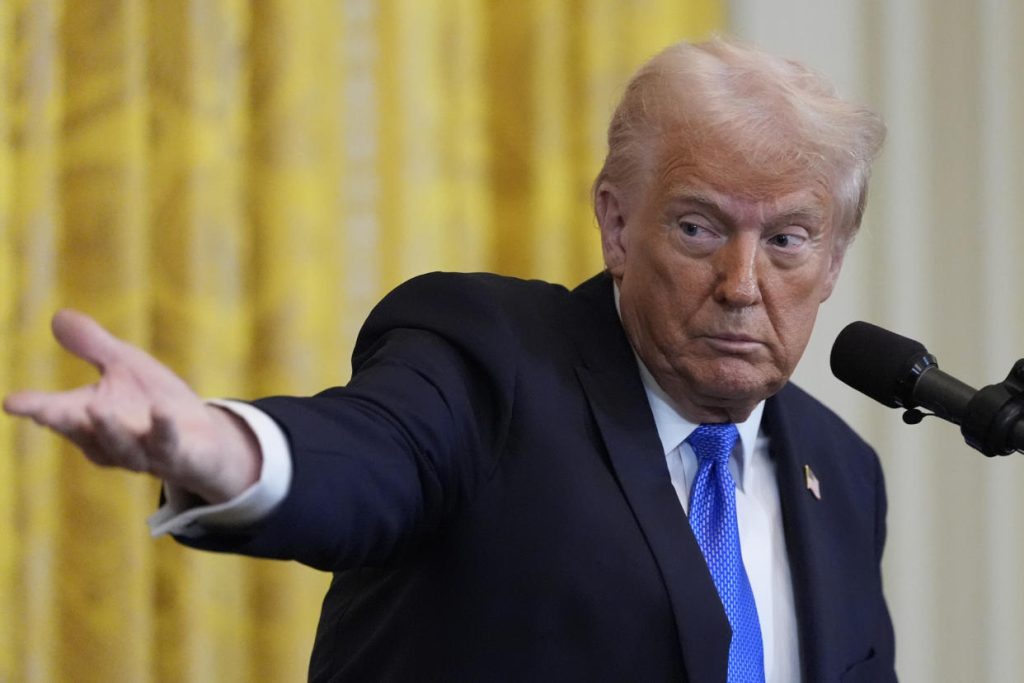A major change to the digital maps landscape is underway after President Donald Trump officially renamed the Gulf of Mexico to the Gulf of America through an executive order. The decision, part of Trump’s effort to emphasize American heritage in geographic names, has already been reflected on Google Maps for U.S. users, creating widespread discussion and international controversy.
How the Name Change Works on Maps
For users within the United States, the Gulf of America now appears on Google Maps, replacing the traditional Gulf of Mexico label. Internationally, however, the new designation is more complicated. Users in Mexico will continue to see the original name, and for others outside the U.S., the map displays “Gulf of Mexico (Gulf of America)” to highlight the change.
Google relies on user location data to determine which name to display, meaning the version users see can vary depending on their device settings and country of access. Other mapping services, such as Apple Maps, have yet to implement the change, and Waze, despite being owned by Google, still displays both names with limited search recognition for the Gulf of America.
What Led to the Change?
On February 9, 2025, while flying to attend Super Bowl LIX, President Trump signed an executive order declaring the name change as part of a broader initiative titled “Restoring Names That Honor American Greatness.” The order also designated the day as “Gulf of America Day,” encouraging Americans to reflect on national pride.
Trump’s administration said the change aims to recognize the strategic and historical significance of the Gulf to the United States. His decision follows a similar renaming directive regarding Denali, the tallest peak in North America, which has been reverted to its former name, Mount McKinley.
International Backlash and Political Implications
The name change has sparked backlash from Mexico, where officials argue that the U.S. can only enforce this designation within its territorial waters, approximately 12 nautical miles off the coast. Mexican President Claudia Sheinbaum criticized the move, describing it as “an unnecessary act of nationalism” that complicates diplomatic relations. She has also called on Google and other digital services to reject the change on international platforms.

Additionally, political experts warn that the change could further strain ties between the U.S. and Mexico, given the Gulf’s importance for international shipping, fishing, and oil production. Critics within the U.S. have also labelled the executive order as a symbolic gesture with limited real-world impact.
What’s Next for the Name Change?
While the Gulf of America name is now visible on Google Maps in the U.S., it remains to be seen how widely other mapping services and organizations will adopt the designation. The United Nations and global cartographic bodies have not recognized the change, meaning “Gulf of Mexico” will likely continue to be the official name used internationally.
For now, the change represents another chapter in the ongoing intersection of politics and digital geography, sparking debates about nationalism, identity, and the power of place names.

